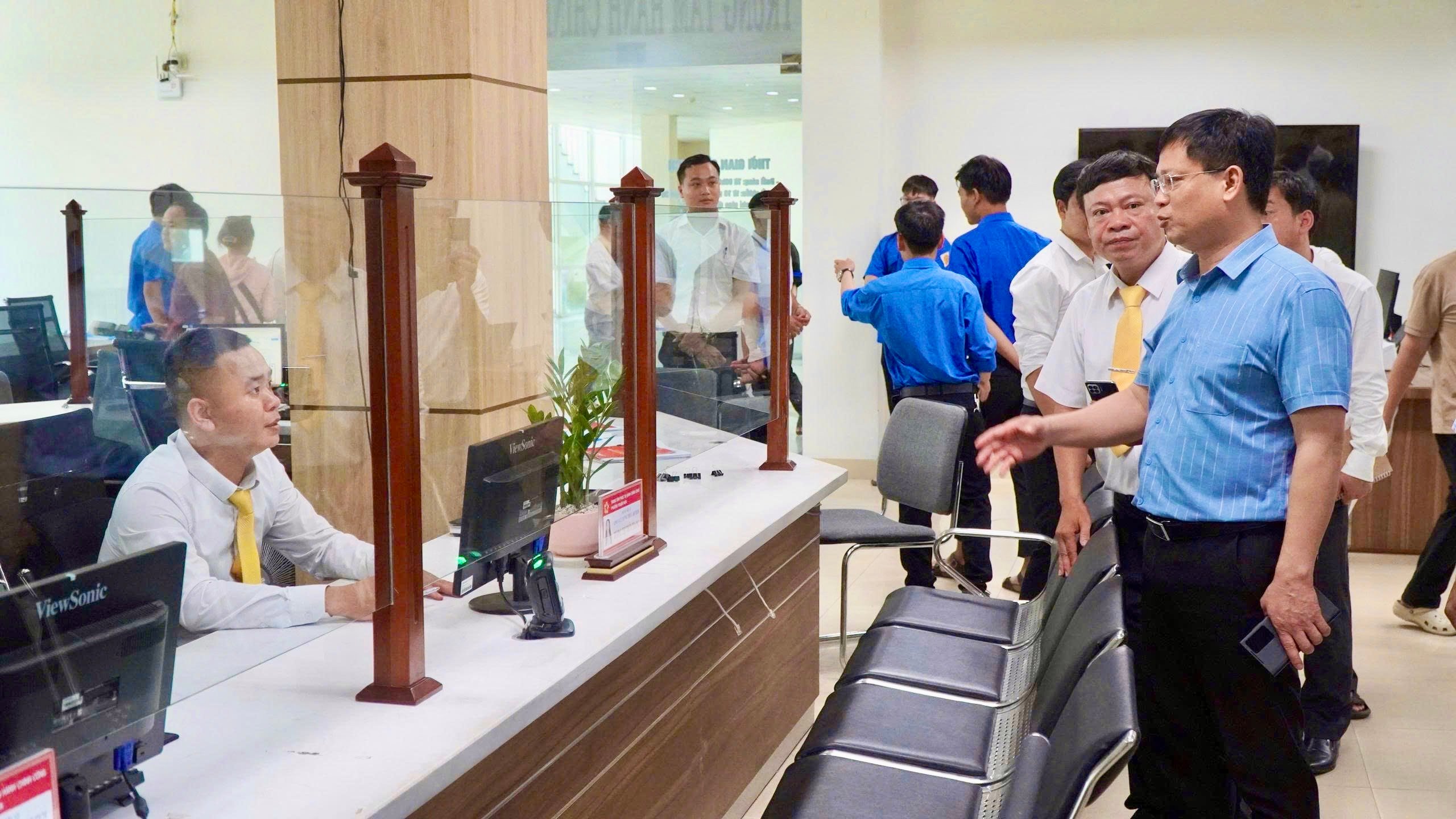 |
| Standing Vice Chairman of the City People's Committee, Mr. Nguyen Thanh Binh inspected public administrative centers on the first day of operating the two-level local government. Photo: Van Bon |
Expectations from the people
In the newly established wards and communes, people arrived early. There were old men quietly holding a stack of papers, and young women holding their children while looking up procedures on their phones. Officials were attentive in looking for people in need of assistance. The commune and ward signs still smelled of paint, sparkling in the early morning sun.
Mr. Le Van Phuc (born in 1957, Phu Xuan ward) just left the ward's one-stop shop with a relieved look. He boasted that he had completed the land records. "The new government has to take care of old people like me. It's difficult to walk now, and complicated procedures make people suffer. Don't make people run back and forth, it's very miserable."
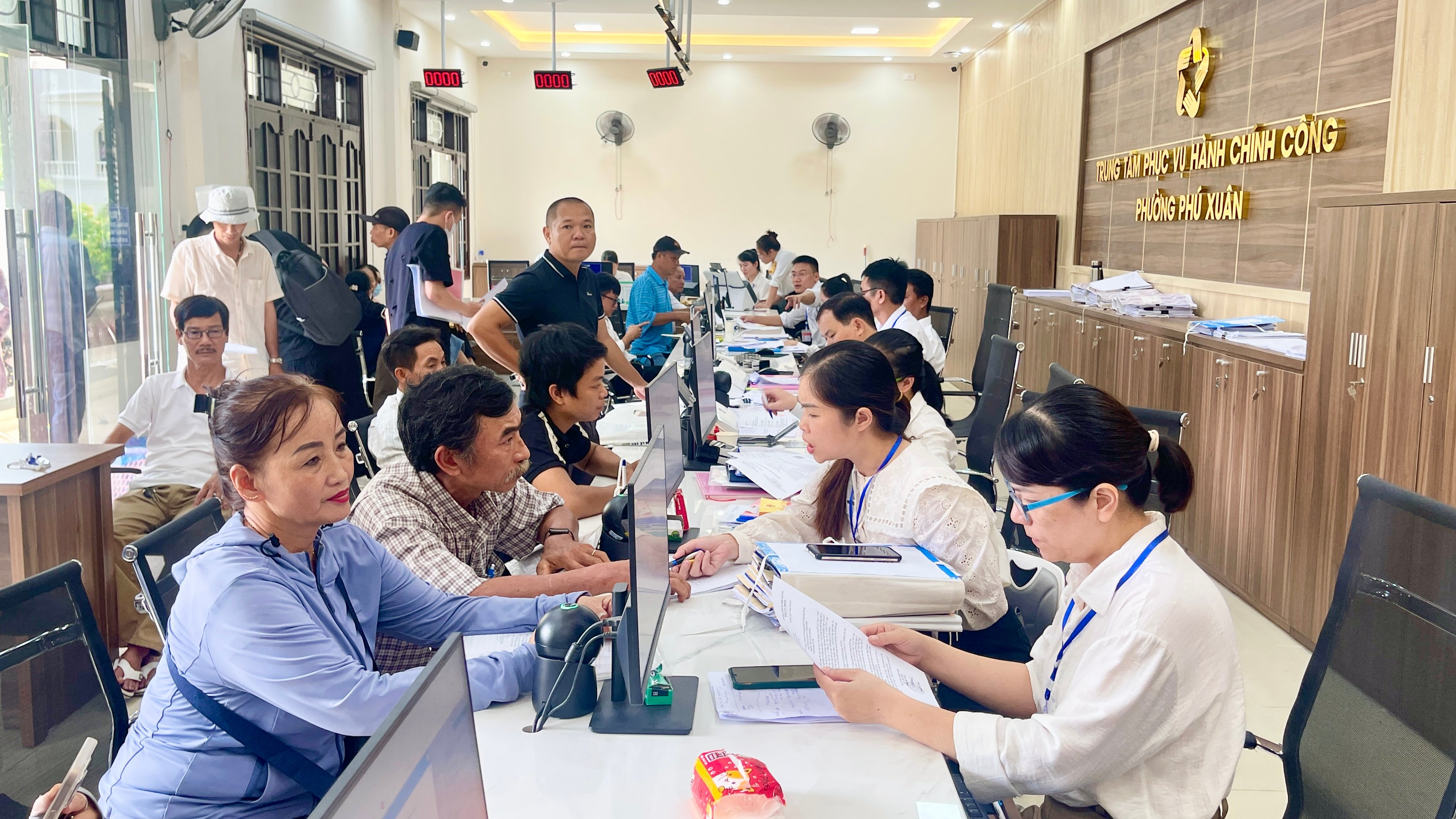 |
| Phu Xuan Ward Public Administration Service Center on the first day of operation. Photo: Le Tho |
And Mr. Phuc's wish was fulfilled when he took out the appointment paper from his file, raised it, and smiled: "The procedure is done, waiting for the day to come and get the results."
Not only in the inner city, in the suburban areas, the change is also very clear. On Thuan An and Quang Cong beaches (old), groups of boats have just returned from an early morning fishing trip. Mr. Duong Van Hai, a long-time fisherman in Quang Cong sea area (now Phong Quang ward) shared: "We hope the government will truly listen to the people's voices".
Having spent his whole life at sea, Mr. Hai understands the difficulties that fishermen face: from procedures for supporting oil and large ships to credit policies that are still cumbersome and not suitable for the reality of the labor force. “We need to be trained in maritime professions, apply digital technology in exploiting and preserving aquatic products, and access modern consumer markets,” Mr. Hai said.
 |
| Fishermen want local authorities at both levels to pay more attention to their offshore journeys. Photo: Le Tho |
Coastal residents also expect the CQDPHC to be more proactive in natural disaster prevention, support fishing boat insurance, and occupational accident insurance, important supports to help fishermen feel secure going out to sea.
On the western Truong Son range, where white clouds cover every mountainside, a land that was once difficult has now become a commune of the city. In a small house in the middle of Piay 2 village, A Luoi 2 commune, Ms. Le Thi Hue , a former official of the Women's Union of Quang Nham commune (old) shared her expectations for the newly operated CQDPHC model: "The people in the highlands lack many things, but the most worrying thing is still the gap in access to information technology, not only for the people but also for the commune officials".
According to Ms. Hue, the abolition of the district level and the streamlining of the apparatus are opening up a new direction: Commune-level officials are trained, have access to systematic technology, apply administrative management software, and process records faster and more accurately. People no longer have to worry about having to "go down to the district" and bring complicated documents like before. "Now, all you need is a citizen ID card, the system automatically retrieves data, is highly secure, less annoying for people and also convenient for officials," Ms. Hue said.
Trust goes hand in hand with innovation
Hue - the land of heritage, is not only famous for its rivers, mountain ranges or vast seas but also for its cultural depth that has permeated the lifestyle and thinking of many generations. In the changing flow of the new government apparatus, religious life, the spiritual refuge of many people, is also gradually feeling positive movements.
Amidst the incense smoke in the peaceful space of Diem Phung Pagoda (Vinh Loc Commune), Venerable Thich Hong Nghia and the monks solemnly performed the bell and drum ringing ceremony. Each resounding bell and each solemn drum beat were prayers for national peace and prosperity, for the country to prosper, for the people to be happy, and for the country to be in harmony with the times when the country officially entered the operation of the CQDPHC model.
“Buddhism always accompanies the nation,” Venerable Thich Hong Nghia shared: The new government in Vinh Loc commune is applying information technology strongly, connecting data, helping people to complete procedures more conveniently, no longer wasting time traveling like before. “I believe that the administrative apparatus will operate effectively, be closer to the people, and serve the people better,” Venerable expressed.
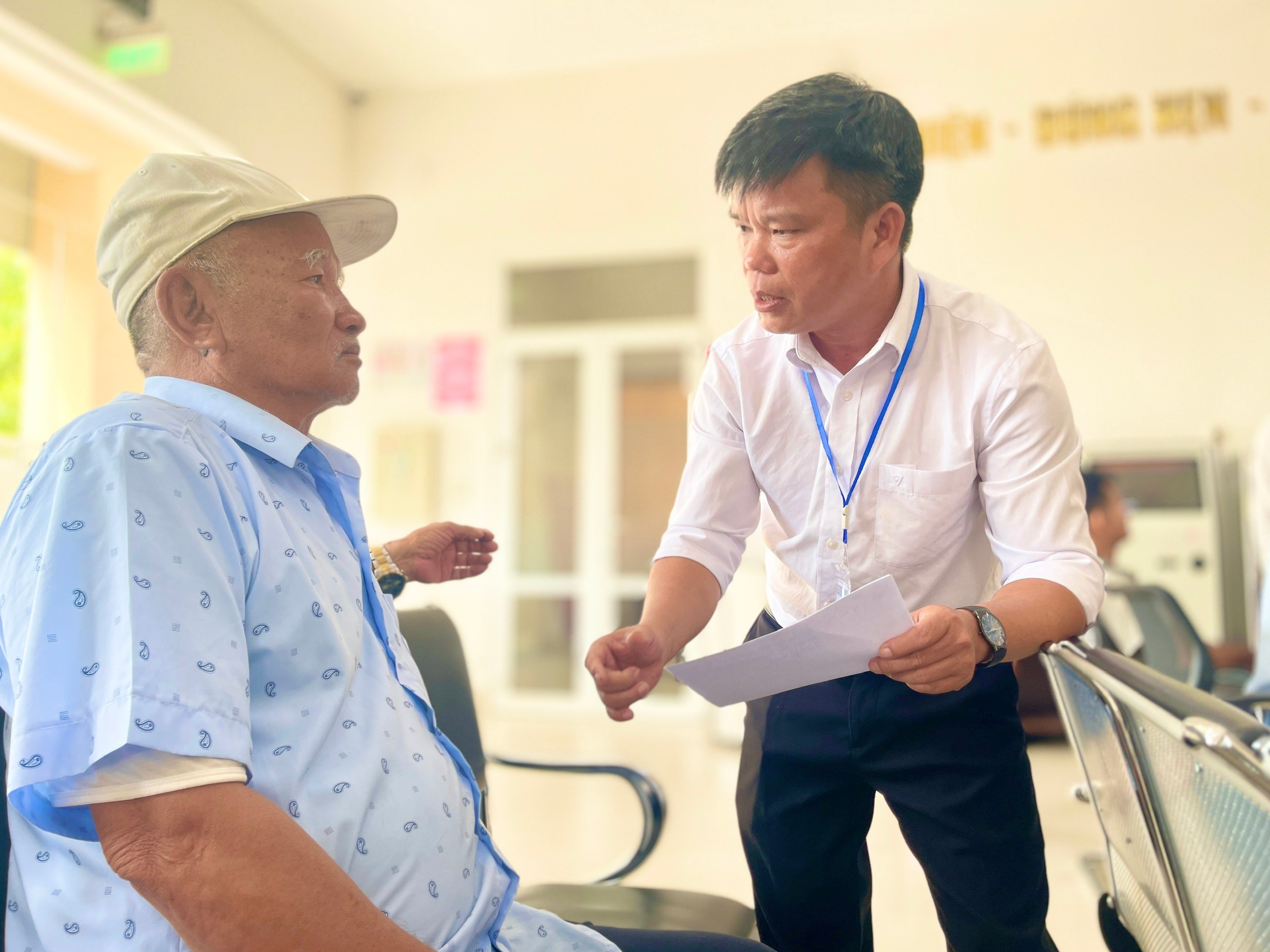 |
| Ward officials guide people when they come to do transactions at the Public Administration Center. Photo: Le Tho |
In the same vein, Mr. Nguyen Ngoc Vinh, Chairman of the Phu Cam Parish Council, believes: “We are particularly interested in rearranging administrative units and reorganizing the government apparatus. This is not only a decision in terms of state management, but also a historic step in the process of national renewal.”
According to Mr. Vinh, the Catholic community in Phu Cam, now in Thuan Hoa ward, completely supports the model of CQDPHC. In the tradition of living a "good life, good religion", Catholics always identify themselves as an inseparable part of the great national unity bloc, joining hands to build their homeland.
“I believe that when the new apparatus is stable and well-organized, it will help people access public services faster and more conveniently. What is needed is closeness, closeness to the people and serving with a spirit of openness,” said Mr. Vinh.
Leaving no one behind on the digital journey
Hue City today is not simply changing its nameplate or its sign. The city is changing its way of thinking and doing things. CQDPHC is not a slogan, nor is it a “reform on paper”. It is a responsibility to commit, from leaders to grassroots cadres, so that Hue can not only preserve its heritage, but also integrate, compete, and make breakthroughs in the digital age.
Not everything went smoothly on the first day of operating the CQDPHC. In some newly established communes and wards, especially those merged from old communes, the concern lies not in the staff, but in the shabby desks and chairs, the unstable internet connection, and the faulty printers and scanners. Some places do not have enough offices, and staff have to share small corners in the temporary headquarters. In many places, the one-stop shop was hastily installed, and the software was not stable, causing many of the first files to be processed manually...
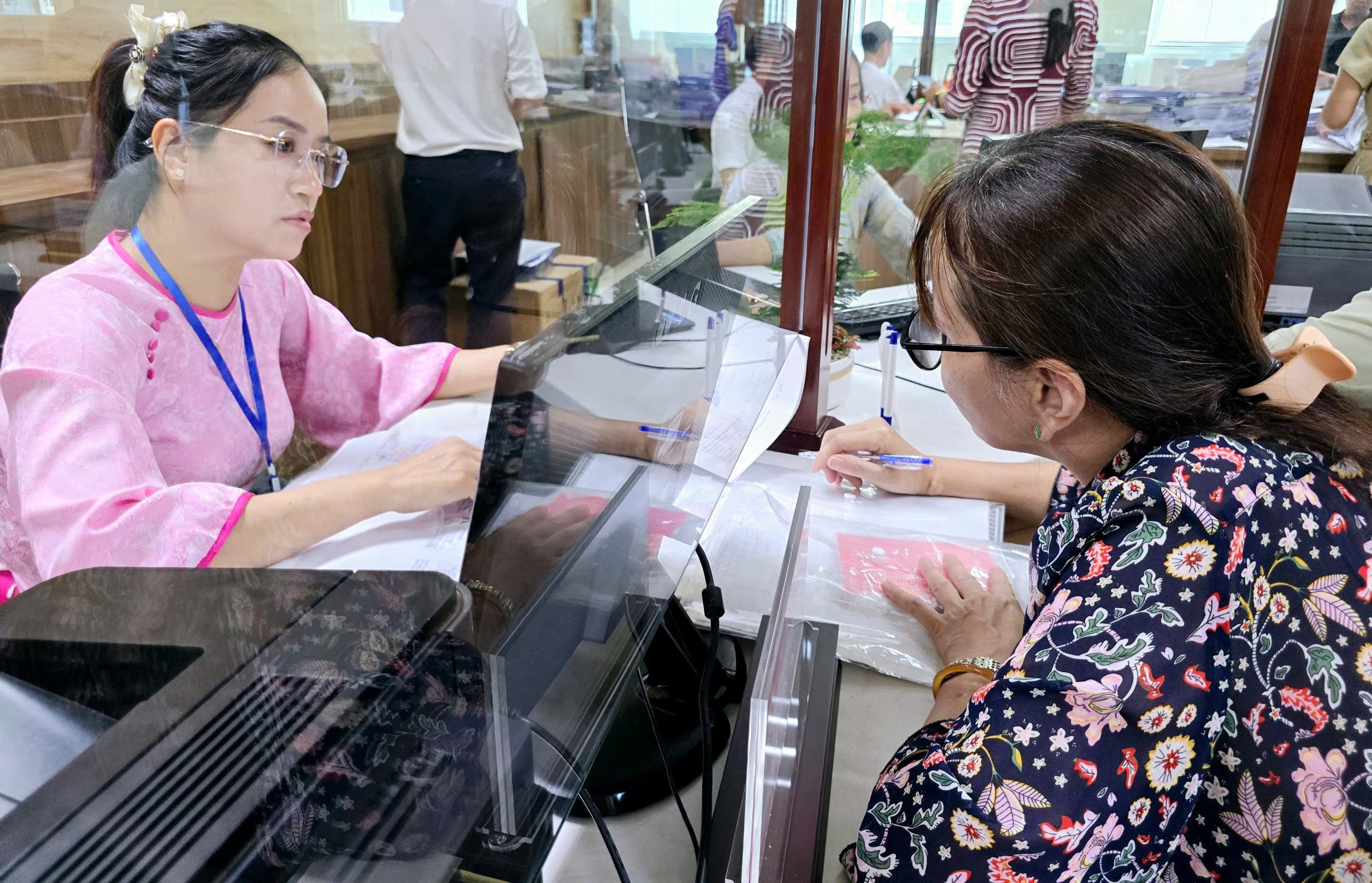 |
| Staff of the Thuan Hoa Ward Public Administration Service Center resolve backlog of files for residents. Photo: Thanh Huong |
Commune and ward officials, who are used to handling daily public affairs, are now taking on complex administrative tasks that were previously handled by the district level. “Sometimes all three computers freeze in the middle of the process, people are waiting and I don’t know what to do,” said a young official in a suburban area.
The transformation of the model cannot cover all the gaps in equipment and infrastructure overnight. But from those shortages, we can still see the efforts. Difficulties, if viewed with goodwill, can sometimes be an opportunity for the government to forge itself through hardship, so that a new model is not only successful on paper, but truly stands firm in the hearts of the people.
The backlog of files, which seemed like an eternal story, is gradually being resolved thanks to a new approach: Sending civil servants from specialized departments down to directly support the locality. There is no such thing as "waiting for synthesis" like before.
Deputy Secretary of the Party Committee and Chairman of the People's Committee of Thuan Hoa Ward, Truong Dinh Hanh, said that the locality is currently focusing on resolving nearly 300 pending cases, mainly related to the issuance of land use right certificates. The cases are carefully reviewed and classified according to time frames for effective handling, avoiding causing inconvenience to the people.
On the morning of July 1, when the CQDPHC model was officially put into operation, the atmosphere at the Hue City People's Committee Operation Center was more tense than usual. On the big screen, 40 connecting points from new communes and wards continuously displayed signals. Every change, no matter how small, was closely monitored.
Member of the Standing Committee of the City Party Committee, Permanent Vice Chairman of the City People's Committee, Mr. Nguyen Thanh Binh was present early. Mr. Binh quietly observed and then shared: "We prepared carefully for this day. There is no slackness in serving the people."
On the first morning alone, the system received more than 380 administrative records. Some initial technical problems were promptly handled by specialized departments, thereby ensuring uninterrupted public service flow.
“Operating the new apparatus is a challenging process, but the general spirit is that everything must be aimed at the people, must be fast, convenient and transparent,” said Mr. Binh. Mr. Binh informed that from now until the end of 2025, the city aims to complete comprehensive digital transformation in 40 commune-level administrative units, moving towards operating a public service system based on digital addresses.
In that transformation, the most important thing, according to Mr. Binh, is "not to leave anyone behind on the journey of digitizing the apparatus serving the People".
That aspiration is not on the forum, but in every step the villagers take to the ward, every file is neatly processed, every wordless look of gratitude. When this model of CQDPHC reaches its destination, it is not only the success of an institutional design, but also the success of a government that knows how to return to its birthplace: In the hearts of the people.
Source: https://huengaynay.vn/chinh-tri-xa-hoi/theo-dong-thoi-su/cham-vao-giac-mo-gan-dan-155229.html





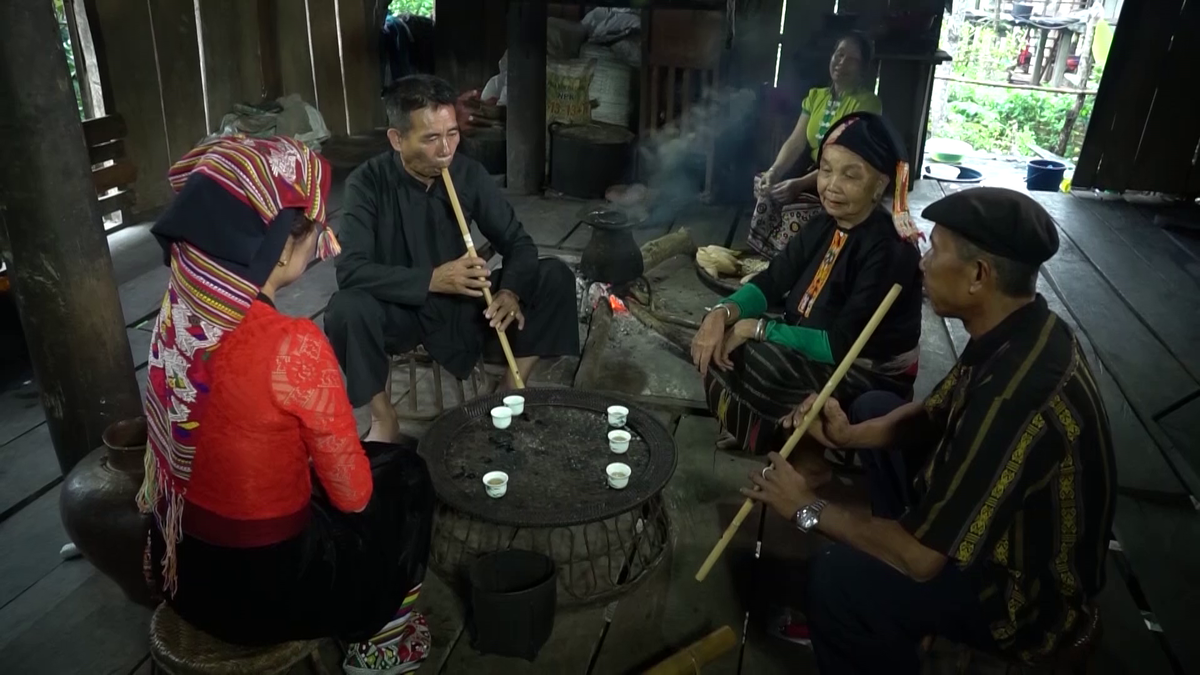

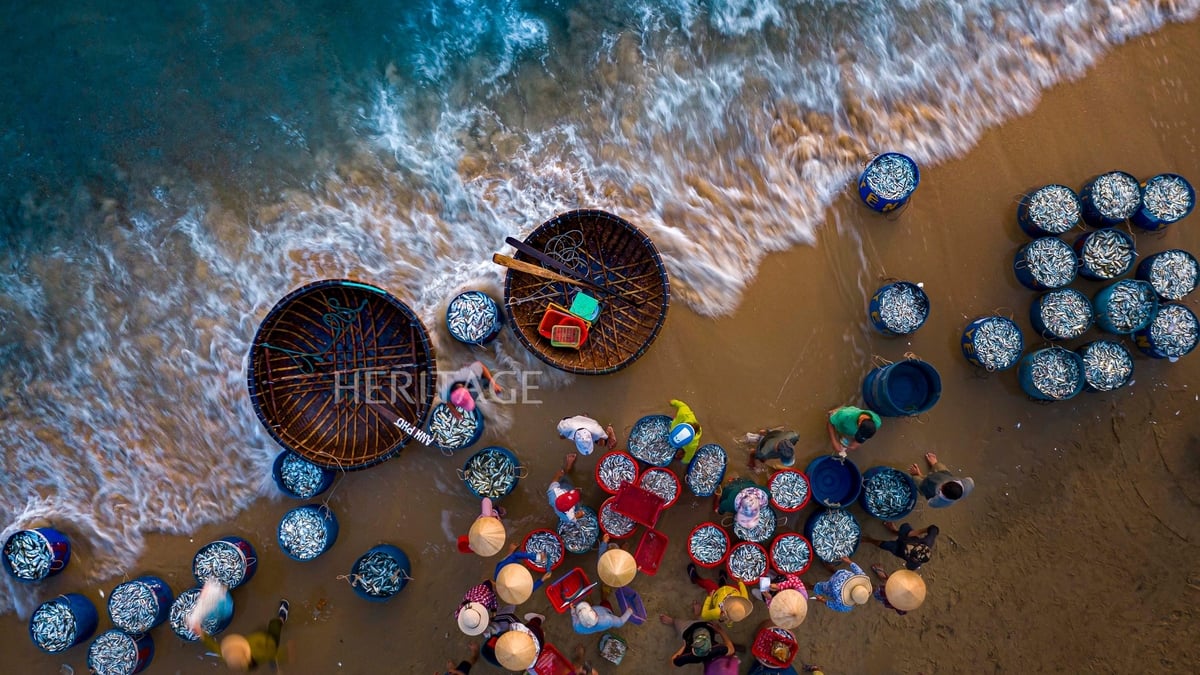
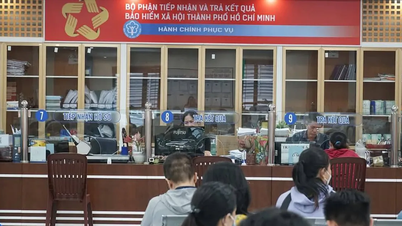

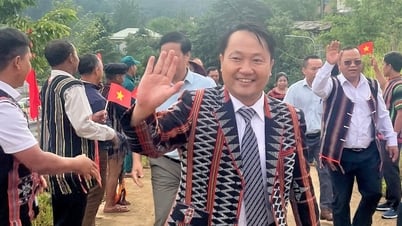

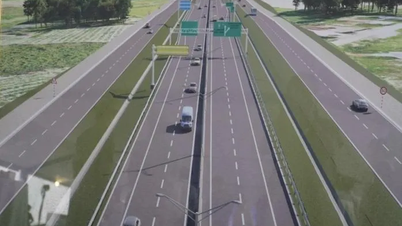
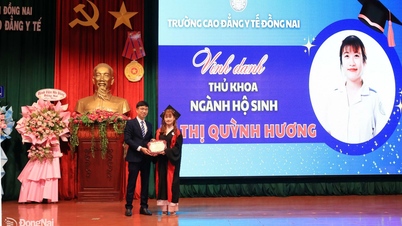

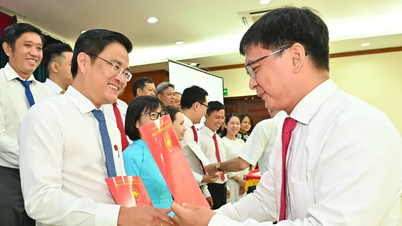





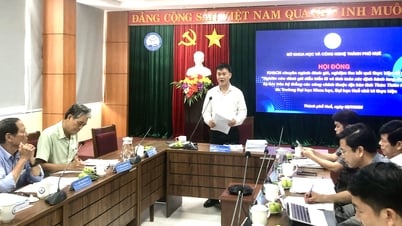
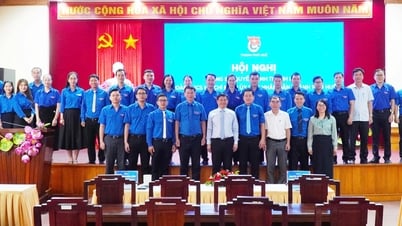
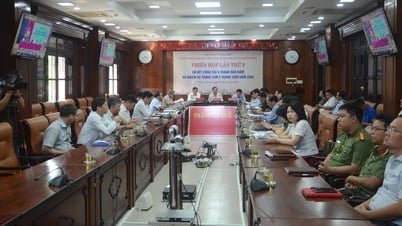
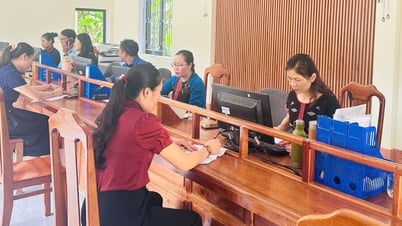
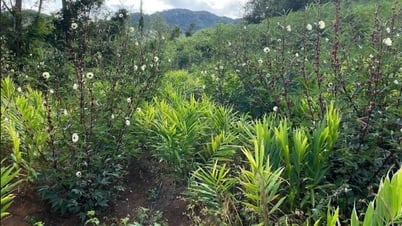
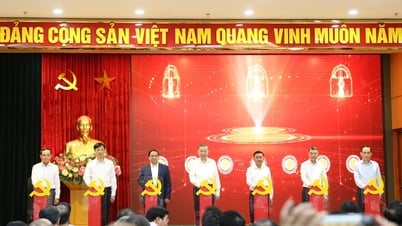

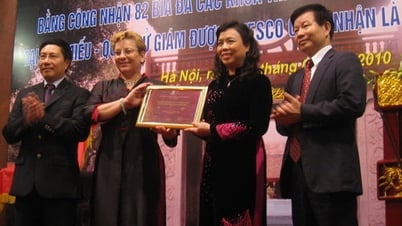

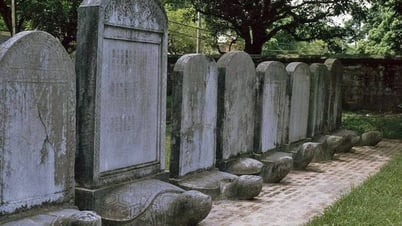

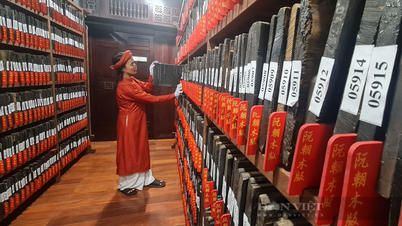

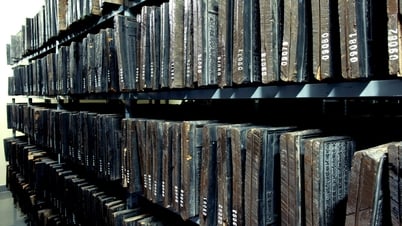



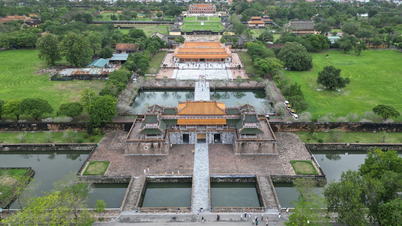



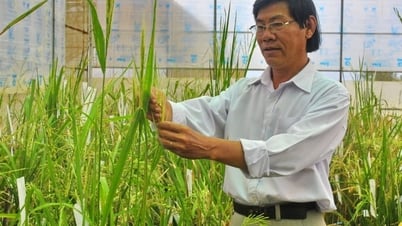
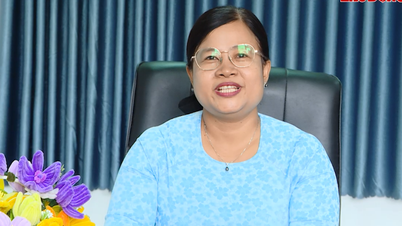
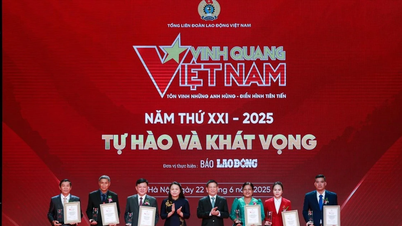

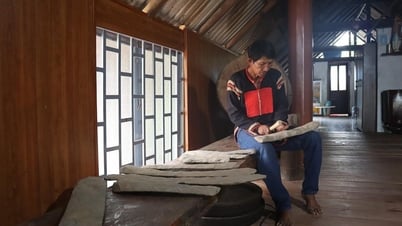

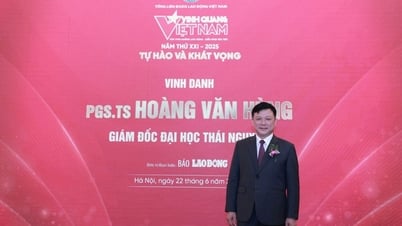




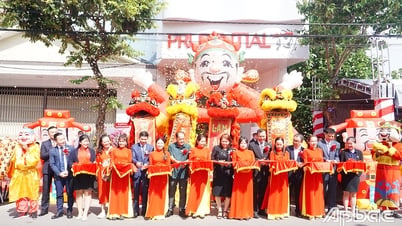



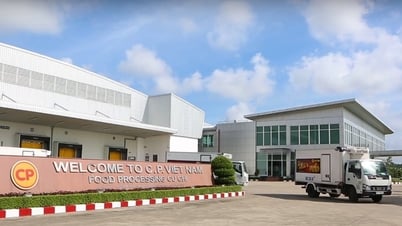



![[Photo] General Secretary To Lam attends the launch of 3 digital platforms serving the implementation of Resolution No. 57-NQ/TW](https://vphoto.vietnam.vn/thumb/402x226/vietnam/resource/IMAGE/2025/7/2/d7fb7a42b2c74ffbb1da1124c24d41d3)


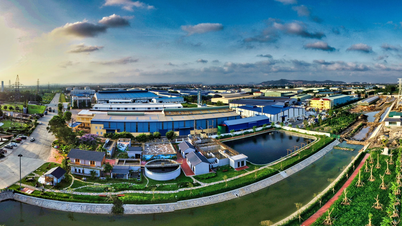

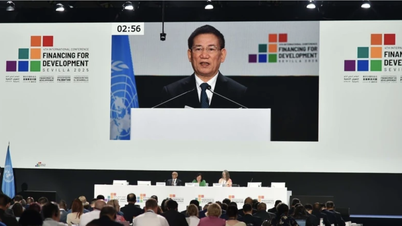

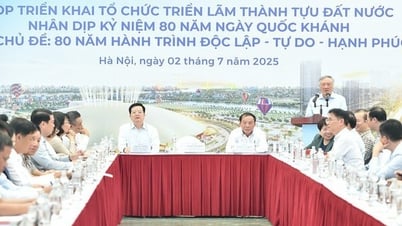
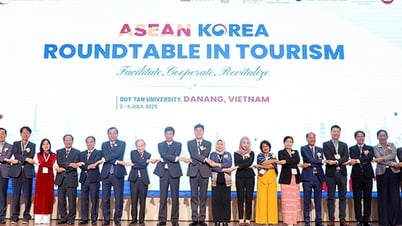

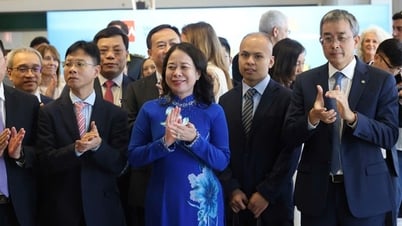


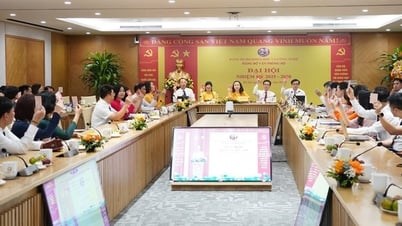
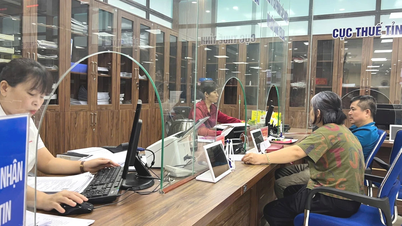


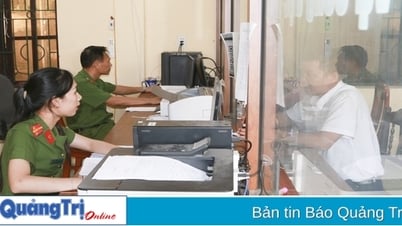

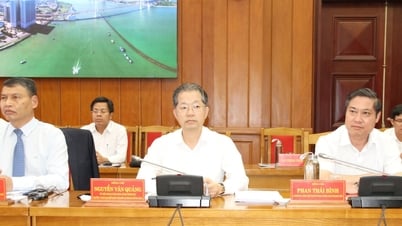
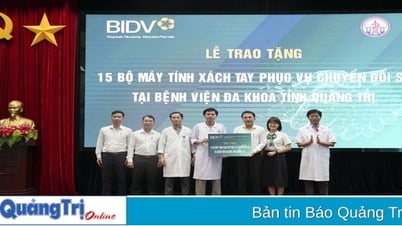
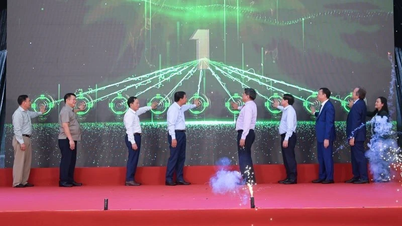
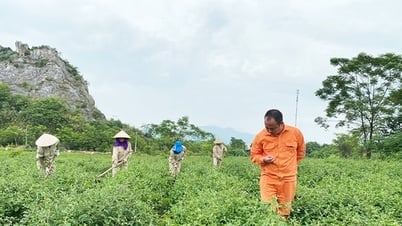









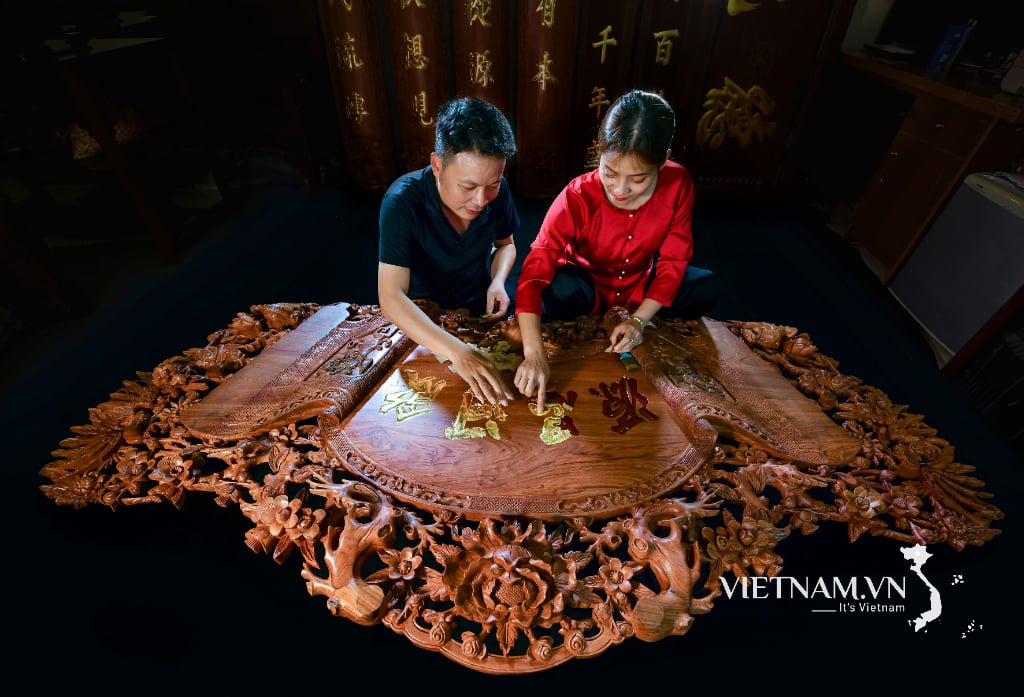

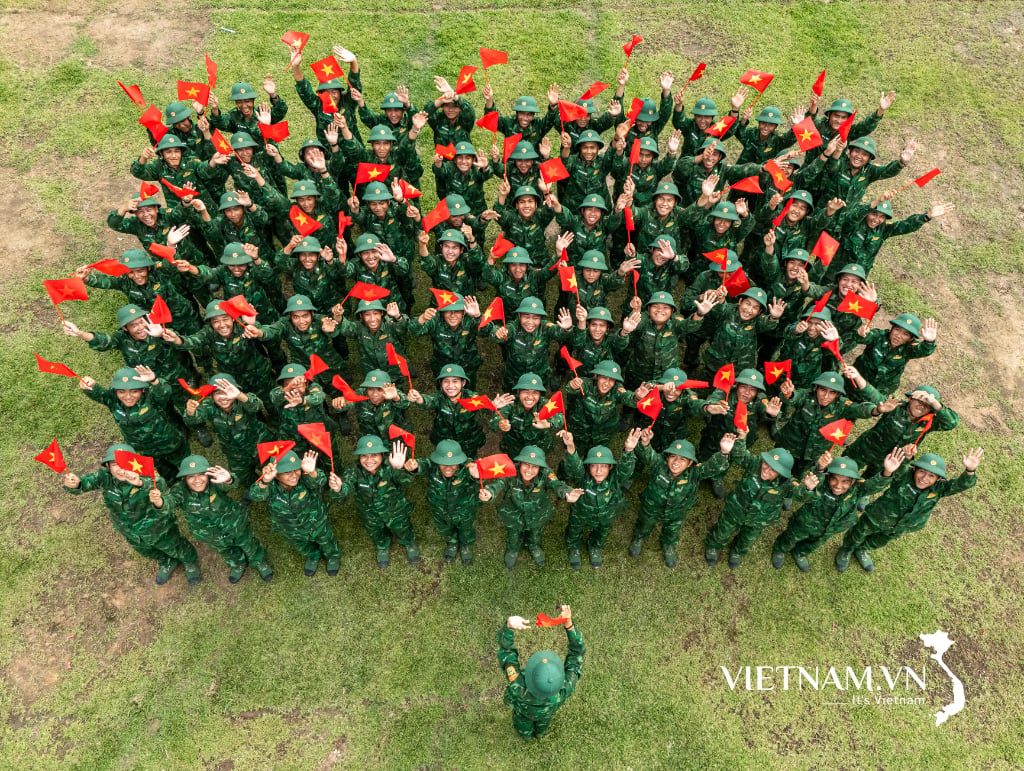

Comment (0)